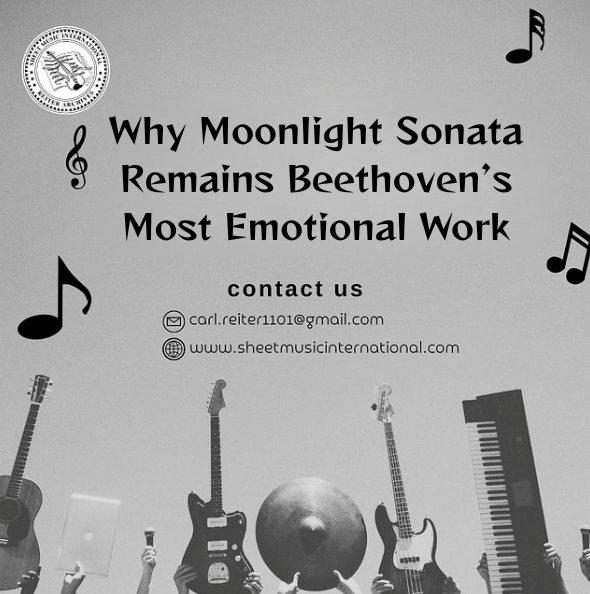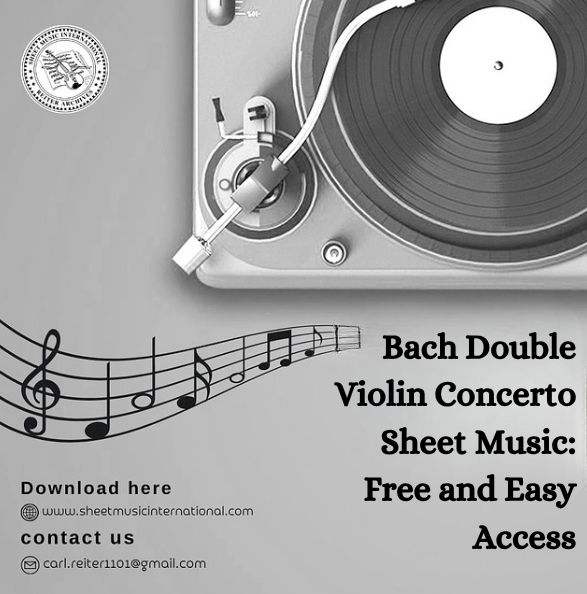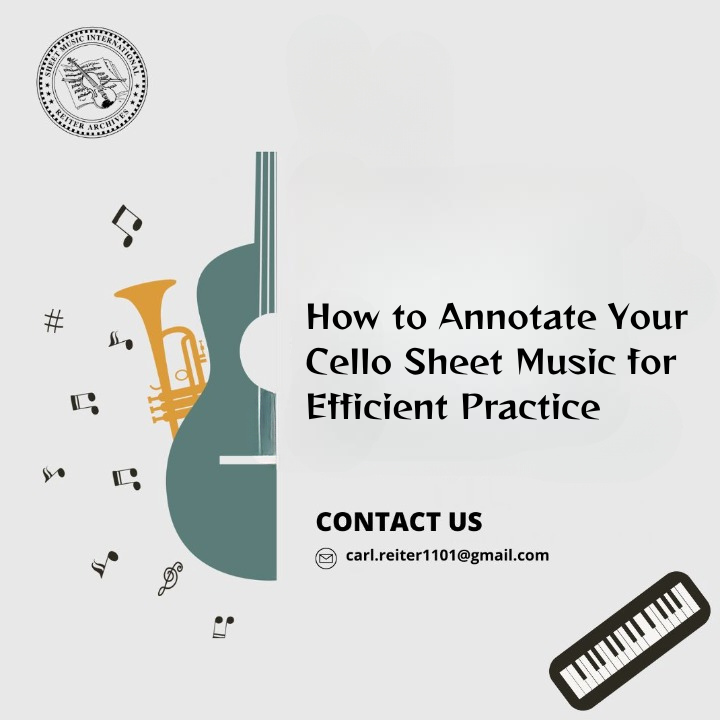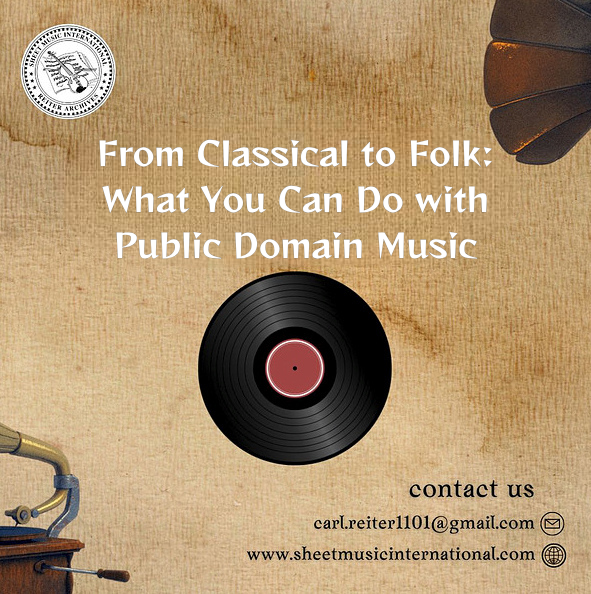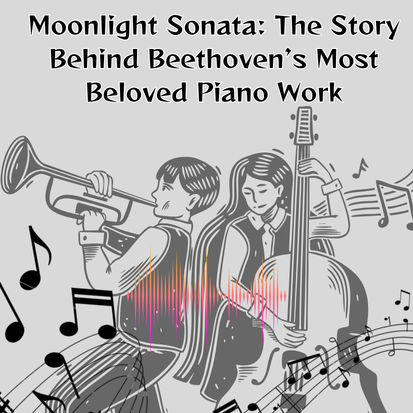
Your Request is under process, Please wait.


Learning to read musical notes is important for building a strong base in music. It’s not just about playing an instrument; it's about understanding the language of music. When learning a particular instrument, be it a violin or a piano, music teachers often use works of artists ranging from Mozart to Beethoven to teach them how to play these instruments.
Learning to read musical notes is important for building a strong base in music. It’s not just about playing an instrument; it's about understanding the language of music. When learning a particular instrument, be it a violin or a piano, music teachers often use works of artists ranging from Mozart to Beethoven to teach them how to play these instruments. Whether you are a student, composer, or music teacher, access to the IMSLP Beethoven sheet music library is available for all.
It is a well-known fact that Beethoven’s compositions are rich in technique and emotion. They brim with wit, warmth, and patience. These underappreciated masterpieces can be found easily in IMSLP, showcasing his different works that music teachers love experimenting with. From chamber duets to youthful music, you name it, and the IMSLP Beethoven sheet music library has it all.
At Sheet Music International, we recognize how valuable IMSLP is as a tool for educators who want to train the next generation of musicians using one of history’s greatest composers. In this blog, we will explore how teachers use IMSLP Beethoven scores to inspire, educate, and shape the next generation of musicians.
Picture this: you have joined a music school and your music teacher uses IMSLP to teach you the instrument you are learning, and he uses works of Beethoven that are easy for beginners to grasp. You sit with your instrument, and your teacher pulls up the piece like Moonlight Sonata. The notes are right there, clear and printable, ready to learn.
Teachers love using the IMSLP Beethoven sheet music library because it allows them to choose pieces based on each student’s skill level. Whether it’s a beginner-friendly movement or a more advanced sonata, everything is just a few clicks away. They can even show students different versions of the same piece, helping them understand different versions of the same music.
In group classes, IMSLP makes it easy for everyone to access the same score. For many young musicians, it’s their first real connection to a classical composer, and it often sparks a lifelong love for Beethoven’s work. Want to know how teachers use IMSLP to train young musicians? Continue reading below:
In what ways do teachers adapt to each student's pace and style? They do it with the help of the IMSLP Beethoven sheet music library, as they have easy access to it. If you are someone who is a beginner in learning piano music, you can begin with easier movements from Beethoven’s Sonata.
As you grow with your musical journey, your music teacher will make you learn his advanced musical pieces from IMSLP. It gives teachers the ability to adjust lessons on the spot, pull up alternative arrangements, or even explore rare works. It creates a flexible learning environment where students can grow confidently and at their own pace — without the limitations of fixed textbooks.
There are high chances that you are learning music in group classes. With IMSLP Mozart scores, your music teacher can ensure that you are working from the same version of a piece, whether it’s a duet, ensemble, or orchestral part.
This eliminates the confusion of mismatched editions and allows everyone in the classroom to stay on the same page, quite literally. It also removes the financial burden of purchasing individual books, making classical music education more accessible and inclusive for all.
Did you know why early exposure to classical music is so important? If you get exposed to classical music at an early age, you can connect with the masterpieces on an emotional level. With the help of the IMSLP Beethoven sheet music library, students are introduced to the legendary compositions of Beethoven right from the start by their teachers.
Instead of sticking only to modern practice pieces, students are guided through timeless works filled with emotion, structure, and creativity. Pieces like Für Elise or excerpts from the Pastoral Symphony can be inspiring, especially when young musicians recognize the melodies from films, concerts, or pop culture. This early exposure helps them connect emotionally with the music and builds a deeper appreciation for the art form.
Music students use the IMSLP Mozart sheet music library to practice the masterpieces outside the classroom. They can revise the musical pieces that are introduced in classes or explore something new on their own. This kind of self-driven discovery nurtures curiosity and helps them build discipline.
Teachers often assign a few masterpieces directly from IMSLP because of its free accessibility to everyone. Over time, students grow more confident not just in playing, but also in researching and choosing pieces that reflect their personal interests.
At the heart of every great music class is a teacher who understands their students — and the tools that can bring out their full potential. IMSLP Beethoven sheet music library makes teaching both effective and inspiring by giving educators access to hundreds of classical scores, all for free. From building technical skills to sparking a love for timeless music, IMSLP continues to support a new generation of musicians in classrooms around the world.
At Sheet Music International, we preserve the legacy of classical music but also make it more accessible, engaging, and relevant for young learners today.

